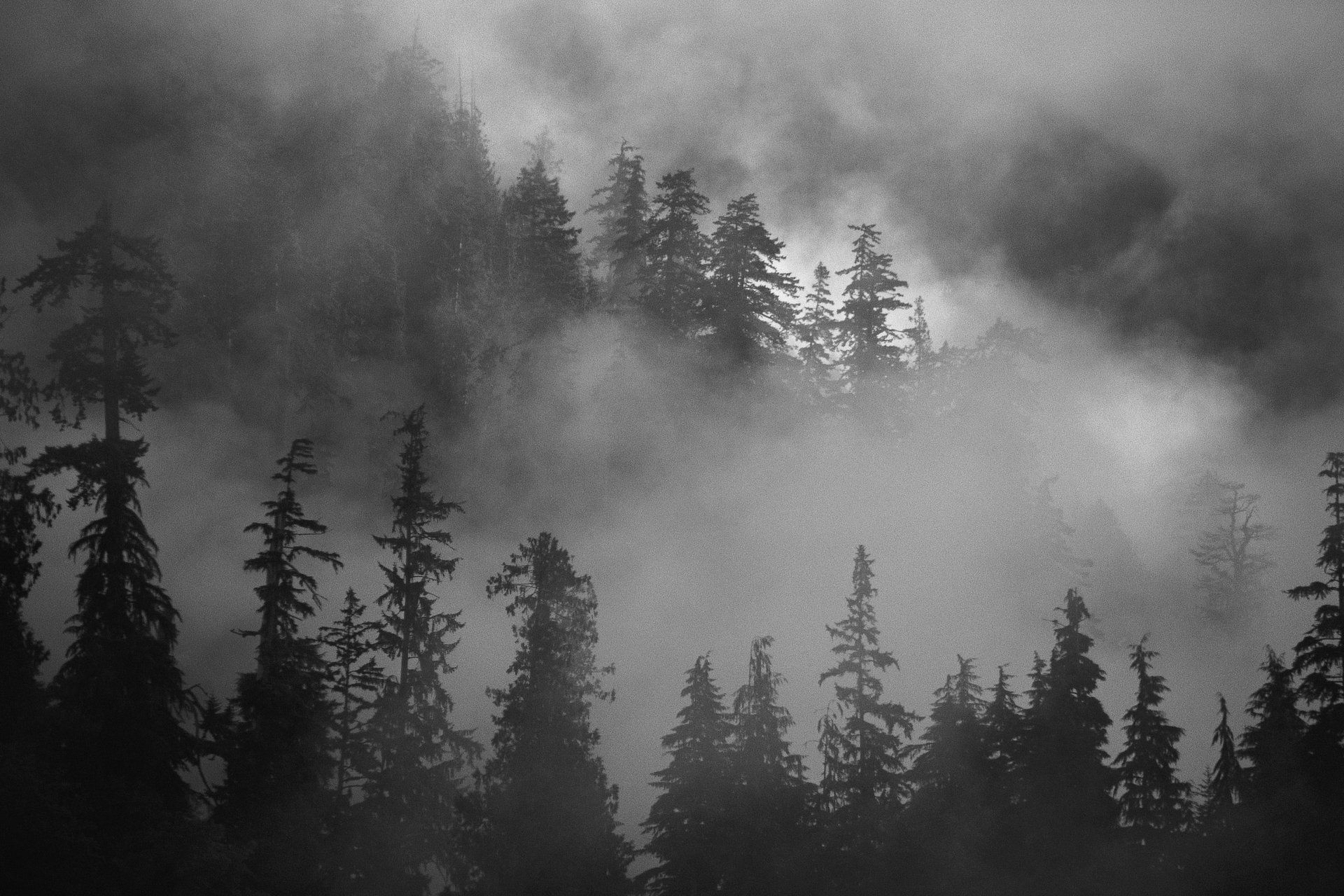CH 7: Stones Backstory
- Bob Hazy
- Oct 5, 2016
- 3 min read
The Stones chapter was the seventh chapter written (I believe), but the previous six chapters had originally been, in order: Drift, Most of the Way, Never Far Enough, Losing Les, One Certain Sunset, and Kite. Though the reading order of the chapters (standalone as they are) is not set in stone, it is occasionally helpful to be reminded of that, and what the original writing order was. By the time I got to Stones, I was sensing some explaining was necessary to fill in some gaps and open new frontiers for consideration. This should explain the general approach of Stones, even though the published order is different than the written order. My editor (Linda Lucey Lawliss -- the best imaginable editor) and I (as well as readers) spent some time devising a useful publication order to maximize adjacency for the chapters, and sequencing of what the reader knows when, but in the end one gets to the same place: the Epilogue.
If you’ve read the chapter, you know it relates the tale of McGhee’s encounter with kidney stones and his adventures in an ER in San Francisco to get treatment. In the course of this, he’s given morphine for the pain and sleeps into dreams. These dreams provided an opportunity to fill in some backstory, which by this point, felt sorely needed. One reason for this is that the original opening chapter – Drift – was drafted with nearly zero dialog, and with the other chapters mentioned potentially left the reader feeling they didn’t know McGhee. This is problematic for a novel, so Stones and its dream sequence felt especially necessary at the time it was written. As a side note, Drift was revised later in the process to incorporate a bit more dialog to further smooth this perception, even though it landed as CH 12 in the publication order.
One of the themes in Stones was the coincidental appearance of an ironically-named cop who helps McGhee get to the hospital. I say “ironically named” because he bears the name of McGhee’s imaginary childhood friend, Bill Kennedy (see CH 2). This happened to be the name of my imaginary friend when I was four or five, so I felt entirely comfortable using it. My suspicion is I thought he might be related to JFK, but I have no basis for that belief.
As I was writing this chapter, I had a cop escort McGhee to the ER as he was driving in, but he had no name until the moment he sat with McGhee in the waiting room. It suddenly occurred to me he should have the name of his imaginary friend because it would help accentuate the other-worldly experience he was having, and which would be further tweaked by sedation. Only then did it occur to me to make him black because that’s the kind of twist life seems to present: an unexpected version of reality that clashes with the limits of one’s ability to forecast experiences.
As I wrote the officer’s character, I went back to familiar cops from the literature (which for me usually means movies), and I immediately envisioned Officer Bill Kennedy as the friendly cop who helps Bruce Willis in the original Die Hard movie. That’s why I have his image above. You might also envision the guy below (Chi McBride ), who has played many a seasoned cop, and who somehow became part of the character, too:
[if gte vml 1]><v:shapetype id="_x0000_t75" coordsize="21600,21600" o:spt="75" o:preferrelative="t" path="m@4@5l@4@11@9@11@9@5xe" filled="f" stroked="f"> <v:stroke joinstyle="miter"></v:stroke> <v:formulas> <v:f eqn="if lineDrawn pixelLineWidth 0"></v:f> <v:f eqn="sum @0 1 0"></v:f> <v:f eqn="sum 0 0 @1"></v:f> <v:f eqn="prod @2 1 2"></v:f> <v:f eqn="prod @3 21600 pixelWidth"></v:f> <v:f eqn="prod @3 21600 pixelHeight"></v:f> <v:f eqn="sum @0 0 1"></v:f> <v:f eqn="prod @6 1 2"></v:f> <v:f eqn="prod @7 21600 pixelWidth"></v:f> <v:f eqn="sum @8 21600 0"></v:f> <v:f eqn="prod @7 21600 pixelHeight"></v:f> <v:f eqn="sum @10 21600 0"></v:f> </v:formulas> <v:path o:extrusionok="f" gradientshapeok="t" o:connecttype="rect"></v:path> <o:lock v:ext="edit" aspectratio="t"></o:lock> </v:shapetype><v:shape id="Picture_x0020_10" o:spid="_x0000_i1025" type="#_x0000_t75" style='width:375pt;height:281.25pt;visibility:visible;mso-wrap-style:square'> <v:imagedata src="file:///C:/Users/bob_h/AppData/Local/Temp/msohtmlclip1/01/clip_image001.jpg" o:title=""></v:imagedata> </v:shape><![endif][if !vml][endif]
Mr. McBride has the greatest scalp on television – a phrenologist’s dream – and I’ve never seen a man get so much mileage by actually acting with his bald head’s crenulations. Really, he’s pretty marvelous.
As for the actual dreams in Stones, I think they stand on their own. I hope they’re not embarrassing for anyone, but they’re not graphic, so I’m not too worried. And as they went on and I was able to knit several bits of worry and regret together the whole thing became something of a very useful metaphor: McGhee’s propensity for rumination manifesting itself as tangible stone comprised of perseveration.





























Comments